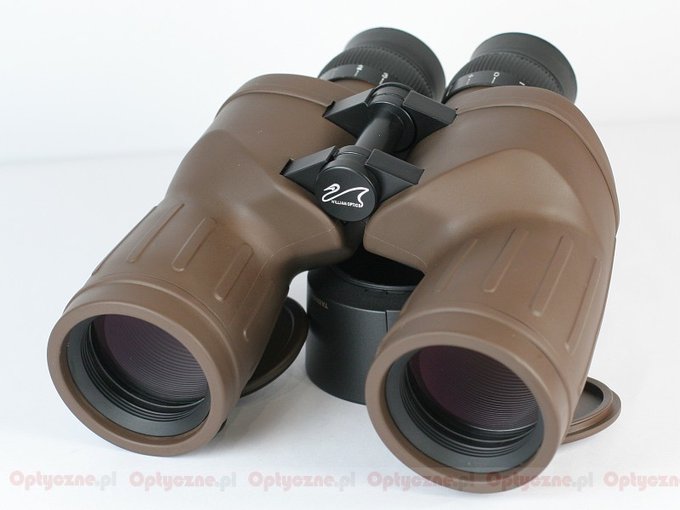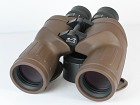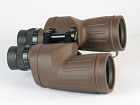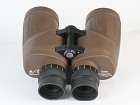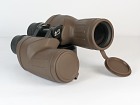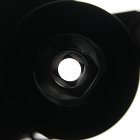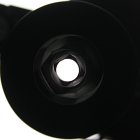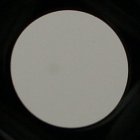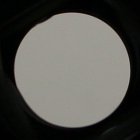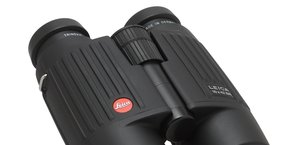William Optics 7x50 ED
WO 7x50 ED was equipped with huge prisms made of BaK-4 glass and a very solid casing. As a result this pair of binoculars is heavy and quite big. The instrument also features an individual focusing system.
| Magnification | Lens diameter | Angular field of view | Prisms | Eye relief | Weight | Price |
|---|---|---|---|---|---|---|
| 7 | 50 | 132/1000(7.5o) | BaK-4/Porro | 23 mm | 1600 g | 1299 PLN |
Summary
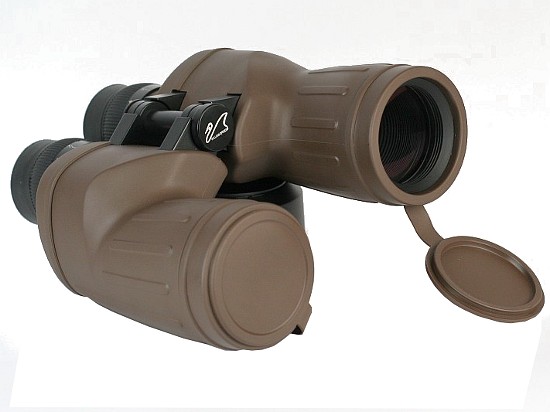 |
Quite noticeable similarity to the Fujinon FMTR-SX 7x50 is indeed the first thing that sticks out. Outwardly these two pairs of binoculars differ only in colour and inscriptions on casings. Both instruments are heavy, big, equipped with huge Porro prisms and not less impressive eyepieces with individual focusing.
The mechanical workmanship is, by and large, perfect. The casing is made of strengthened aluminum with good quality rubber padding. Big eyepieces are comfortable to look through; it seems you can sit on the instrument and still it will be left unscathed. One thing you can carp about are these rubber objective caps, attached on thin straps – their life expectancy is not long. If you are not scared of significant dimensions and weight of the WO 7x50 ED you will take a liking to it for sure. Optics is definitely one of its more important strengths. Here in almost all categories the binoculars fared very well, even perfectly well. We deal here with negligible astigmatism, very low coma, very slight brightness loss near the edge of the field and low chromatic aberration. When it comes to the latter, we expected it to be even lower. ED glass obligates to a good performance, after all.
Noticeable central vignetting, on the level of 2%, can be called a minor slip-up – it can be seen when you look at exit pupils. An excellent image quality should be praised, though - good sharpness level, kept throughout the whole field of view, good control of geometric deformations and good whiteness rendering contribute to it.
What can be written in the summary? Perhaps that the best WO 7x50 ED recommendation is its final score. It shows unanimously that the lens, tested here by us, not only resembles Fujinons FMTR-SX outwardly but its optical and mechanical properties are similar as well. What’s the most important thing the WO 7x50 ED costs almost two times less than the Fujinons. I suppose that fact can replace the whole commentary.





